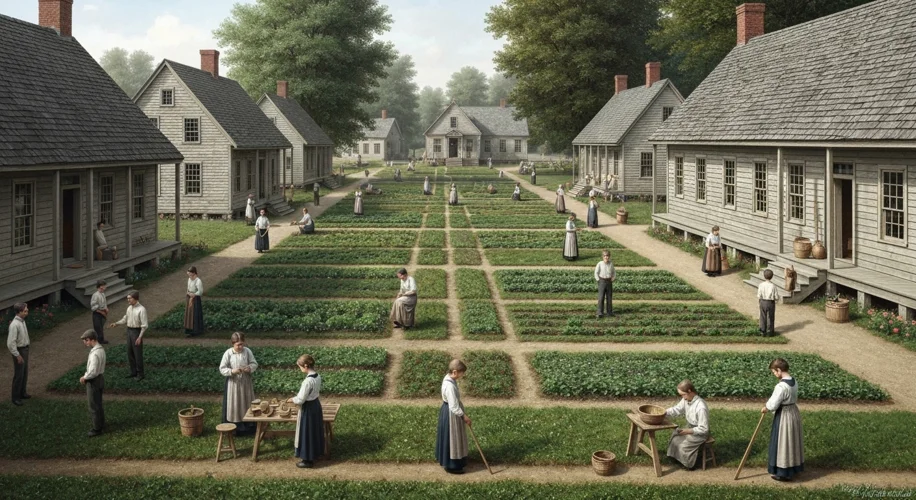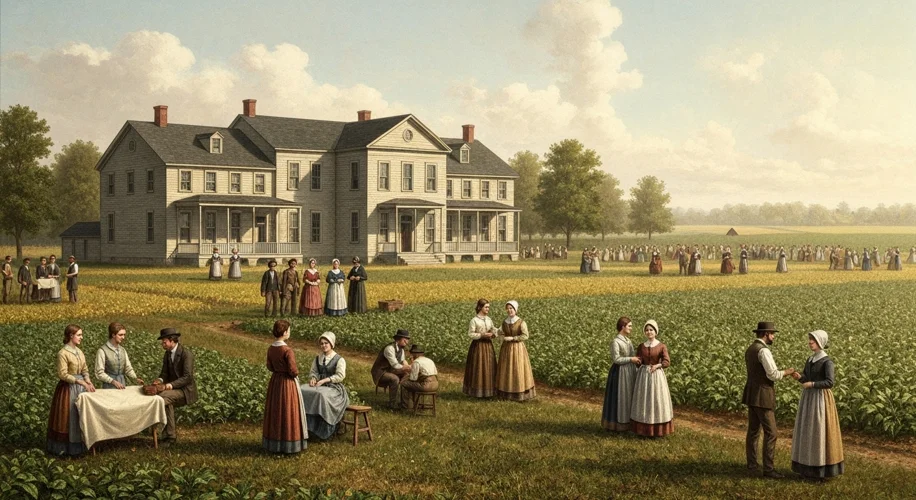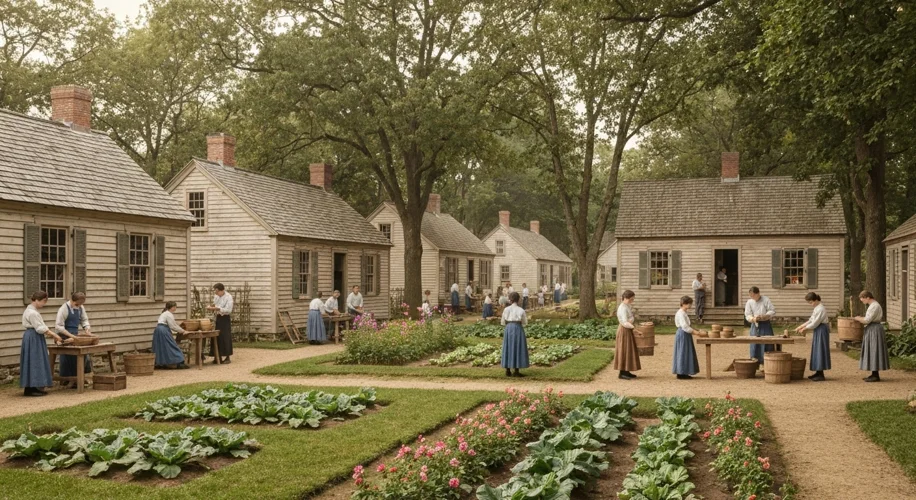In the grand tapestry of human history, woven with threads of ambition, faith, and the pursuit of the ideal, certain communities stand out for their radical departures from the norm. Among these are groups who, before the dawn of the new millennium, embraced celibacy not as a personal choice, but as a foundational pillar of their society, a deliberate renunciation of romantic love and procreation in favor of a singular devotion to a higher purpose or a purified way of life.
These were not mere ascetics hiding from the world; they were architects of alternative societies, believing that by abstaining from worldly bonds, particularly those of family and sexual union, they could achieve a spiritual purity, a closer connection to the divine, or a more perfect social order. Their journeys were often fraught with immense challenges, testing the resilience of their beliefs against the persistent currents of human nature and societal expectations.
One of the most enduring examples is the Shakers, formally known as the United Society of Believers in Christ’s Second Appearing. Founded in the late 18th century by Mother Ann Lee, who brought the movement from England to America, the Shakers established numerous communal villages across the United States. Their core tenets included celibacy, confession of sin, simplicity of life, and pacifism. They believed Mother Ann Lee was the female manifestation of Christ, and that through celibacy and communal living, they could create a heaven on earth, a society free from the “sin” of carnal desire and the entanglements of family.

Their communal structure was rigidly organized, with men and women living separately, working, eating, and worshipping in distinct spaces. Their worship was often ecstatic, characterized by shouting, singing, dancing, and trembling – hence the name “Shakers.” Despite their commitment to celibacy, they grew through adoption and conversion, maintaining a steady population in their heyday. However, the constant need for new members to replace those who left or died, coupled with the inherent difficulty of enforcing strict celibacy across generations, eventually led to their decline. By the late 20th century, only a handful of Shaker communities remained, their unique way of life a poignant echo of a utopian vision.
Another significant, though vastly different, example is the Oneida Community, founded by John Humphrey Noyes in 1848 in upstate New York. Unlike the Shakers’ strict celibacy, Oneida practiced “complex marriage,” a form of communal living where every man was married to every woman and vice versa. However, their approach to procreation was highly controlled, employing “male continence” (a form of coitus reservatus) to prevent unwanted pregnancies and a program of “stirpiculture” or selective breeding, aiming to produce children with superior qualities. While not strictly celibate in the traditional sense, their rejection of monogamous marriage and their communal approach to sexuality placed them firmly within the spectrum of utopian movements that sought to redefine societal norms around love and family.

Noyes believed that the “kingdom of God” had already come and that the complex marriage system was a way to live out that new reality, free from the jealousy and possessiveness often associated with traditional marriage. The community’s economic success, largely due to its manufacturing of animal traps and silverware, allowed it to flourish for decades. However, internal dissent and external pressure, particularly regarding the controversial stirpiculture program, eventually led to its dissolution in 1881. The remaining members then transitioned to a joint-stock company, Oneida Limited, famous for its silverware, but the radical social experiment was over.
These communities, along with others like the Harmony Society (Harmonists) in Pennsylvania, who also practiced celibacy and communal ownership, offer a fascinating glimpse into the persistent human desire to forge a more perfect society. The motivations were varied: some sought spiritual enlightenment, others aimed for economic equality, and many were driven by a profound dissatisfaction with the perceived corruptions of mainstream society.
The challenges they faced were almost universally shared. The most significant was the sustainability of celibacy. While it might create a sense of spiritual unity and prevent the fragmentation of property through inheritance, it also created a demographic crisis. Without natural reproduction, these communities were entirely dependent on conversion and adoption, a constant struggle against the tide of assimilation and the inherent human drive for family.
Furthermore, the intense communal living, while fostering solidarity, could also breed internal conflict, stifle individuality, and create pressures that were difficult to bear. The radical rejection of widely accepted social norms, particularly regarding romantic love and family, often placed them at odds with the surrounding society, leading to suspicion, persecution, and legal challenges.
Even as the 20th century waned, the echoes of these utopian ideals persisted, though often in modified forms. The strict communal living and absolute celibacy of earlier eras gave way to more individualized expressions of communalism or spiritual seeking. Yet, the underlying impulse – the belief that by fundamentally altering one’s relationship with love, family, and society, a more meaningful or pure existence could be achieved – remained a potent force in the human quest for meaning and belonging. These pre-millennial experiments, in their successes and their failures, serve as powerful reminders of the enduring, and often challenging, pursuit of the utopian dream.

